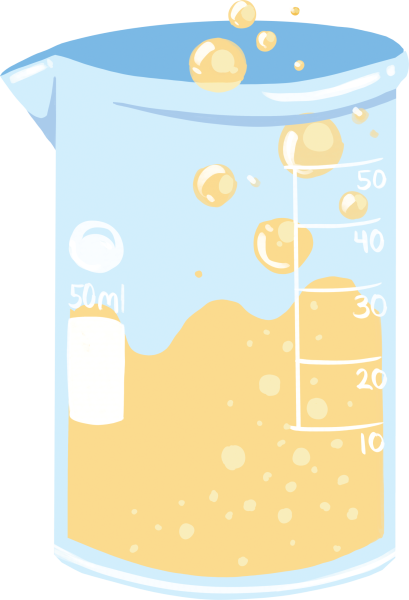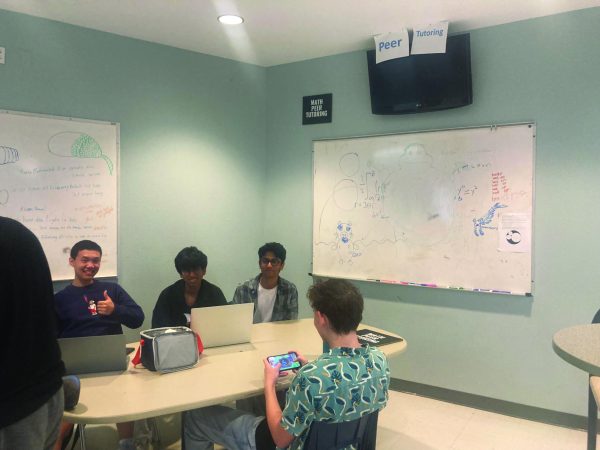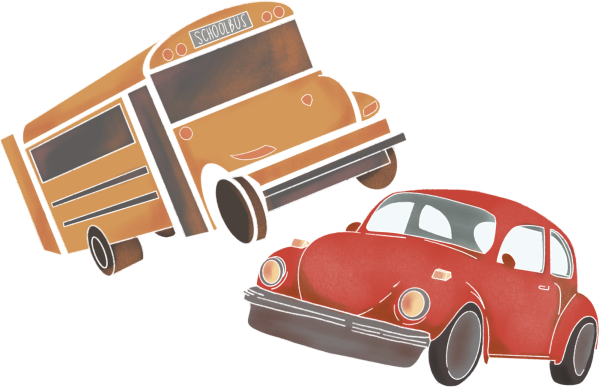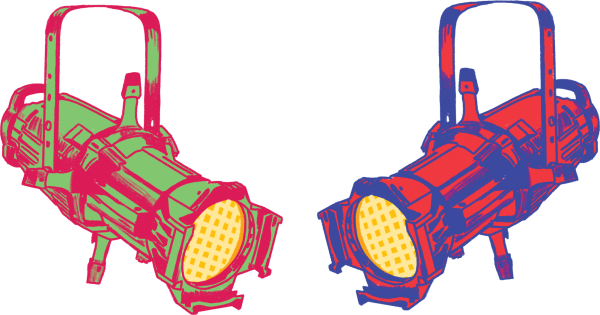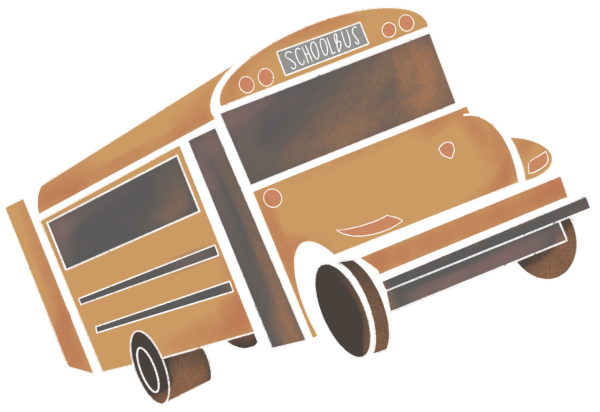Indepth: Putting stress to the test
University of Texas at Austin study results reveal information about the transition to high school and LASA
February 19, 2019
Algebra II Challenge Problem due on Monday, map quiz in World Geo on top of your English assignment readings and throw in your biology lab that your group members still have not done. Meanwhile, it is midnight, and you still have to prepare for the deluge of assignments waiting for you tomorrow morning. Sleep deprivation, combined with the intense academic rigor of a LASA workload, leaves little to no room for healthy habits, providing an excellent breeding ground for stress. Thankfully, professors are working on understanding stress, such as what causes it and how to approach it.
At the University of Texas at Austin (UT), there is a team conducting a study on teenage stress. UT professor Dr. David Yeager and Ph.D. candidate and UT student Hae Yeon Lee are working alongside five high schools to study the mindset of teenagers transitioning into high school. Two years ago, freshmen at Anderson, Austin High, Bowie, Crockett and LASA were studied for two weeks through daily and weekly survey questions, as well as chemical tests of mouth swabs. Students were asked to describe events perceived as negative or positive everyday. Recently, the results from the first round of the study have come out.
Lee said common stress-related struggles from adolescents, such as feelings of exclusion or rejection from peers, interested her.
“We did a study in my first and second-year training where we did a greater study in one of the districts in Central Texas,” Lee said. “We found some really interesting things regarding students and outlooks about their life influencing their stress coping that were observed in both hormones and also their survey responses, so we wrote a paper all year and that actually got us greater funding for NIH where we can extend this project to be carried out.”
Lee is Yeager’s graduate student, although, for this project, she and Yeager are collaborating as a team. Lee said one of the most surprising factors was the low amount of studies and knowledge of stress relating to adolescents.
“There is no updated knowledge about what might be the driving cause of stressors in adolescence, how that might be affecting day-to-day life, especially right at the transition to high school, which can be really demanding academically and socially,” Lee said.
Principal Stacia Crescenzi said the general topic of stress sparked curiosity. She wanted to know more about the correlation between mindset and how learning and school are viewed.
“I was at a presentation that Dr. Yeager gave to all high school principals, that he wanted to look at the correlation between stress and mindset,” Crescenzi said. “I just thought it would be super interesting, and he was looking for schools to volunteer.”
According to Lee, maintaining close ties with schools is challenging. She and her team still have a lot to learn when it comes to conducting best practice research in a school setting with younger participants. There are many procedural steps that could be changed to potentially benefit future studies through greater community and partnership.
“Creating this partnership with local schools and neighborhoods and really listening to their core problem areas…can really be a positive cycle.” Lee said, “We can create an academic community where we’re not only using tax money and other sources of money for purpose of science, but the science can actually contribute to the growth and improvement of the greater community.”
According to Lee, common themes in the study are that many students feel as if they are under a pair of evaluative eyes at school, with peers, on social media or with authority figures.
“There are full sets of eyes that students are dealing with day-to-day,” Lee said. “Sometimes those eyes are imagined, not necessarily people are paying attention to them. It’s just that you have in your head that you are being evaluated, judged, by these other people and you want to do well. However, the reality is that sometimes you’re not doing as well as you want.”
Biological stress systems have evolved over millions of years, Lee explained. In primitive society, the major threats experienced would be predators such as wolves, whose presence might be an important stressor. The biological system would then decide whether to fight or flee based on this threat.
“But have you ever encountered a wolf at your school?” Lee said. “No. So what’s going to be the contemporary source of stressors? It might be tryouts, it might be a non-working relationship with a boyfriend, rumors about a Youtube channel—the equivalent of wolves in contemporary society, especially for adolescents. And so, even if the source of stressors is different, when you feel like those are something you can’t deal with, your body is still shutting down blood flow in your chest cavity, making your system less efficient, and almost getting ready for dying slowly. You’re not doing a lot of active work in your brain…the level of stress hormones actually undermine cognitive performance.”
According to Lee, the categories with the highest negative reports of stress from students included academic stress events and social events, such as conflict with peers, a parent or other types of social situations. The ways these stressful events are interpreted, however, can make a difference.
“Going to school and learning isn’t just about learning; it comes with a lot of overcoming judgment of others and self,” Lee said. “Even categories are one way of looking at stressors, which is the cause of stress, and independent of that, you can imagine different stress responses that are not the cause of the stress but is more the reaction to those stressful events. For instance, you and I are at school, and you and I both took the biology test at school, and we got a 70 out of 100. We both absolutely think that that’s not a great score, but you and I might experience different levels of biological and psychological stress. In one case, you might think of that as something like ‘Oh my gosh I’m a failure; this isn’t my thing; math isn’t my thing; I’m not gonna take calculus senior year’. Or you might think of that as ‘You know, I might have not done great on this single test; however, I can do better next time’.”
Lee said that in her study, as well as in other similar studies, it was found that girls often reported greater stress, depressive symptoms and internalizing responses. While one explanation for this may be that girls are more vulnerable, social gender norms might be a pushing factor to make girls feel more comfortable saying they are vulnerable in comparison to boys.
“However, comparing the actual level, we tend to see greater internalizing among girls, and that’s not just our study; that’s not just this age group; it’s a tendency we see across different age groups,” Lee said. “In many analyses, we try to control, statistically, the control for the effects of gender because we try to find a conclusion that can generalize between different groups of students.”
During a professional development meeting, Dr. Yeager and Dr. Art Markman, psychology professors at UT, were brought in to talk to the staff to help them understand their students’ perspective better. According to Crescenzi, the results of the study have also changed how she communicates to students about LASA.
“I worry a little bit that our messaging as adults to LASA students when we talk about this as being a stressful place kind of puts in their head, ‘Oh this is a more stressful place than if I were at this other school’, but that’s not what the data showed,” Crescenzi said. “The data showed it stressful to be in high school…I think it’s more important to talk to students about specific events going on and how they have some control and power, and where they have that control and power over that event.”
Crescenzi said there were several other components from the study she would like to include, such as different takeaways an academic task could lead to based on how the result or grade is perceived by a student. She intends to do more research on the topic to understand how to incorporate it and possibly change the mindsets of students.
“For example, you study really hard for a test; you get the grade back on the test, and it’s a grade you’re satisfied with,” Crescenzi said. “You can feel different ways: you can feel super happy, like, ‘I studied hard, I deserve this.’ You can also look at that grade and feel relieved. I survived it…if you perceive it as just relief, then you are quickly anxious again. Where as, if you perceive it as something positive, not just the absence of something negative, but something positive, that lasts longer.”
Crescenzi said one of the surprising aspects from this study was the positive effect small actions had on students. These actions, which could be carried out by family, friends and even teachers, impacted a students’ happiness or success more than Crescenzi had imagined.
“Are there more things that we can do that are little things?” Crescenzi said. “But then the question in my mind is, what are those little things? One year we handed out stickers during finals the students were like swamping me wanting stickers. It’s a sticker, who cares? You’re 17. But they didn’t care, they wanted stickers on their hands and stickers on their backpacks. Great. Are there more things that we can do that are little things? The Coco that PALs does, I think it’s come to my attention how important it is. We can’t ignore those little positive things. They really mean a lot.”
Dr. Susan Palacios one of the Wellness counselors at LASA, said that LASA offers resources such as office hours, FIT and wellness counselors to help students when they encounter something challenging.
“Stress isn’t necessarily a bad thing, Palacios said. “The stress response is actually a very healthy and productive physiological aspect of being human. It is when a student doesn’t feel they have access to resources to help them deal with a situation they see as stressful that they tend to begin to feel overwhelmed. Alleviating situations that are stressful isn’t really feasible in most aspects of life, so we focus on helping students practice accessing resources.”
According to Lee, one of the things stressed students can do is give themselves time to learn strategies, which will help them in improving and adapting, helping alleviate stressful situations.
“The second thing is just trying to remember that while being stuck in this moment of feeling of stress, you may not perceive all of the sources you can turn to,” Lee said. “For instance, in school, especially a district like AISD or LASA, there are many nice counselors and teachers who are willing to listen to your problems, your concerns, your worries… I think that over time, they can see the high school years as more fun and fruitful so that they’re not leaving with the memory of struggle.”
Palacios said she wants students who are feeling stressed to know about options accessible to them, both on and off campus.
“Remember that there are resources here to help you,” Palacios said. “Reaching out to those resources can make a huge difference in the feelings of stress a student if feeling. This study reinforced the importance of students having a sense of belonging and access to resources to help them if they feel stress. It also highlighted that being a teenager can be hard, regardless of the campus a student attends.”



